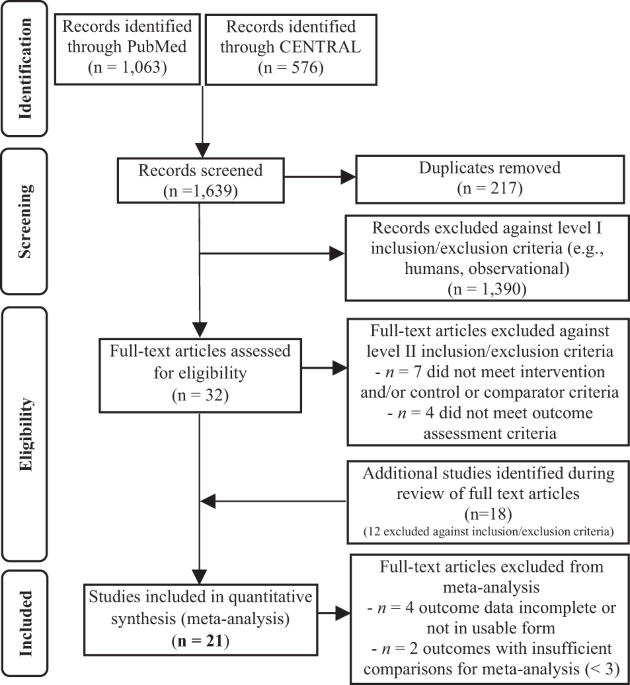Abstract
Objective
Soft tissue esthetics for immediate implant is considered challenging when restoring a tooth in an esthetic zone. This study aimed to evaluate the buccal aspect after immediate implant using the dual-zone therapeutic concept compared to grafting the buccal gap to the bone crest.
Materials and methods
Twenty-four patients were randomly assigned into either immediate implant with the dual-zone therapeutic concept (DZ, test group) or with bone grafting till buccal bone crest with immediate temporization (BCG, control group). Pink esthetic score (PES), buccal bone loss (BBL), mid-facial recession (MFR), soft tissue thickness (STT), keratinized tissue width (KTW), post-operative swelling (POS), and patient satisfaction (PS) were evaluated for 1 year.
Results
At 12 months the PES in the test group was 11.36 ± 1.69, and 10.80 ± 1.55 in the control group, with no statistically significant difference (p = 0.45). MFR in the DZ and BCG groups was 0.27 ± 0.34 and 0.45 ± 0.44 after 12 months with no statistical significance difference (p = 0.195). The STT assessment showed a statistically significant increase in both groups, however the intergroup comparison was statistically not significant (p = 0.23). The mean KTW in the DZ and BCG groups was 4.55 ± 1.08 and 4.20 ± 0.82 mm, respectively with no statistical significance (p = 0.42). There was no statistical significant difference in patient satisfaction between the two groups except in question number 10 concerning the post-operative swelling which was higher in the DZ group (p = 0.009).
Conclusions
Both treatment modalities are considered reliable methods to achieve good soft tissue esthetics. However, both treatment modalities were not effective in preventing facial bone resorption despite the use of bone graft.

